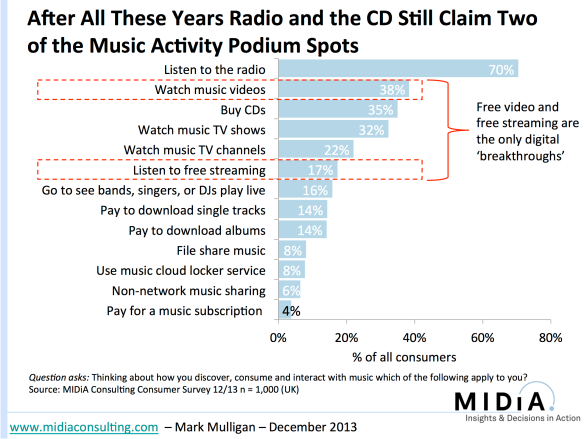Music and games - what a great combination. Or that’s what seemed to be the case during the Guitar Hero/Rock Band days of a few years ago. At it’s peak, artists, bands, labels and songwriters saw an unexpected and, for a time, significant income stream that promised to hold up a flagging music industry for a little while, only to have it go the way most that trends do and die almost overnight. After a short fling with gaming, music had struck out.
But gaming insiders knew that the recent experience was only the tip of the iceberg and that music would someday experience a boom in gaming again, only in a different form. As Thom Kozik, then Vice-President of Online Gaming at Atari (and now COO of the Omnia Media multi channel network) forecasted in the second edition of my book Music 3.0: A Survival Guide For Making Music In The Internet Age:
“There was a model that showed up in a few games about a decade ago where the player was offered an option on the music. Because the licensing models were what they were at the time, that didn’t work as well as hoped. Now all these decisions about taste that you can express in an online game puts the control in the consumer’s hands instead of the game studio or publisher. We’ll see the return of the “choose your own soundtrack” model, with direct, immediate payment by the consumer at the time they hit play.”
That prediction looks like it may have come to pass thanks to the recent announcement of a new service by Valve Software called Steam Music, which allows gamers to listen to songs from their digital libraries on their computer while playing a game. Read more on Forbes.
----------------------------------
Help support this blog. Any purchases made through our Amazon links help support this website with no cost to you.
You should follow me on Twitter and Facebook for daily news and updates on production and the music business.
Check out my Big Picture blog for discussion on common music, engineering and production tips and tricks.




